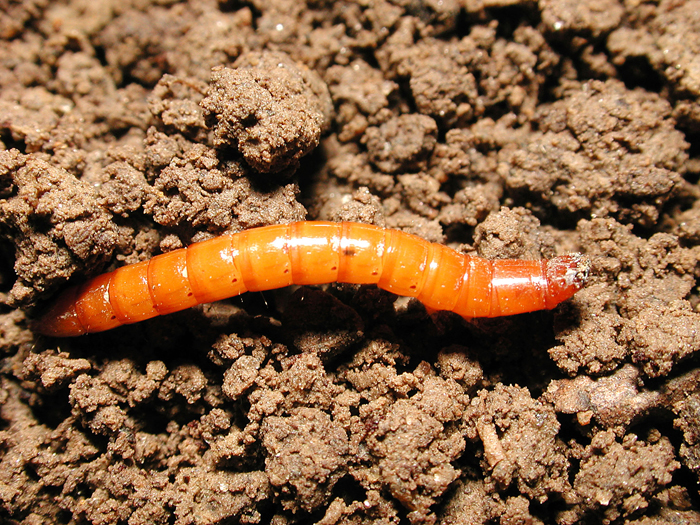 The wireworm is the larva of the nutcracker bug, it has been living in the land for about 5 years, it feeds on the roots and fruits of various garden crops, especially to the liking of potatoes. How to get rid of a annoying insect forever? Now we will tell.
The wireworm is the larva of the nutcracker bug, it has been living in the land for about 5 years, it feeds on the roots and fruits of various garden crops, especially to the liking of potatoes. How to get rid of a annoying insect forever? Now we will tell.
Content
Description of the wireworm, how it harms
Many take the pest for an ordinary worm, beginners when digging up may not attach special significance to it. If you do not control the insect population, after 2 or 3 years after the appearance of the first individuals, the wireworm will conquer significant territories, it will be extremely difficult to get rid of it.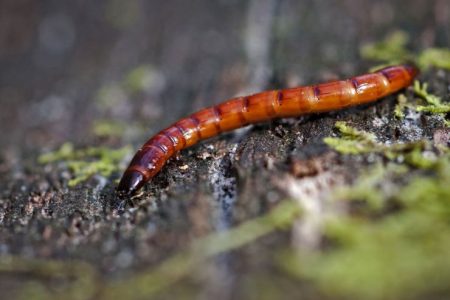
The wireworm is easy to distinguish from other insects on a rigid body, it is not easy to crush it. The color of the larva changes, at first it is light yellow, and as it grows older it becomes dark brown. The body length with three pairs of paws reaches 20–50 mm; it is divided into several small sectors. In regions with a mild climate, the insect hibernates at a depth of up to 15 cm, and in cold ones up to 60. The pest does not die even in the most severe frosts.
As soon as the warm spring weather settles, the female nutcracker beetle flies out of the ground, after a couple of days it lays eggs (up to 150 pieces) in the recesses of the soil. Imagoes live in the earth; it takes about 5 years to develop an insect. The most dangerous for the garden are the second and third years of development of the larva. An adult beetle can have a body length of up to 2 cm, the head occupies 1/3 of the individual, black color.
What is dangerous wireworm
Young and adult larvae feed on seeds, plant roots, gnaw even passages in root crops. Potatoes lose their presentation and keeping quality, acquire rot, and carrots become completely tasteless. The insect penetrates the underground parts of the stems, violates the foundations of twigs, destroys young, still immature shoots.
The wireworm is very gluttonous, sometimes even young roots of fruit trees and ornamental plants get it. Larvae are carriers of bacteria and fungal infections. The insect shows great activity in dry weather, although it chooses more moist places for life. During periods of prolonged rainfall, the amount of damage is significantly reduced. In normal weather, in one season, the wireworm destroys up to 70% of the crop.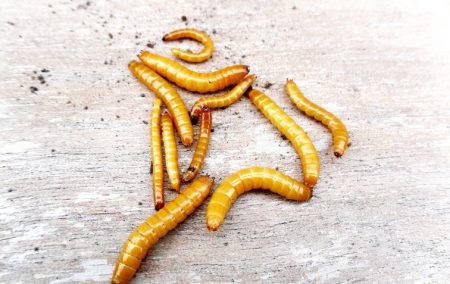
How to deal with a pest in a garden and in a greenhouse
The Nutcracker Beetle can lay eggs in any environment, whether it be open ground or a greenhouse. We describe the chemical and biological agents for controlling a dangerous insect, consider folk recipes and designate preventive measures.
Anti-wireworm preparations
Chemicals are used strictly according to the instructions, and in greenhouses with them it is better to show maximum accuracy. It is strictly forbidden to increase doses or mix different substances on your own. When choosing insecticides, be sure to consult the seller. Preparations can be of different concentration and strength of action, not only the number of wireworms, but also the stage of plant development is important.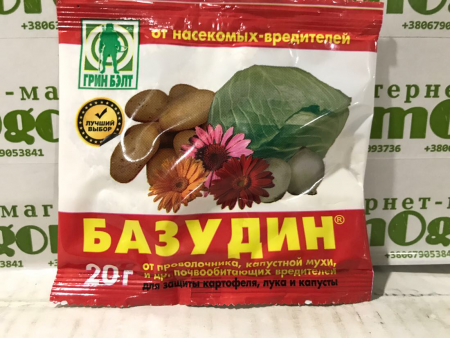
Popular remedies:
- Thunder-2;
- Prestige;
- Bazudin;
- Provotox;
- Zemlin;
- Metarizine;
- Diazinon.
Any processing can be carried out no later than 20-25 days before the collection of vegetables. After harvesting, the soil is treated with the same preparations, also following the instructions.
Folk methods of struggle
The most common ingredients are used to prepare remedies according to folk recipes, they are not expensive, and even these methods will not harm human health. Most tips can be attributed to prevention. Consider a few proven options:
- Onion peel - peeling put in the hole, and potatoes can be soaked in a steep broth before planting;
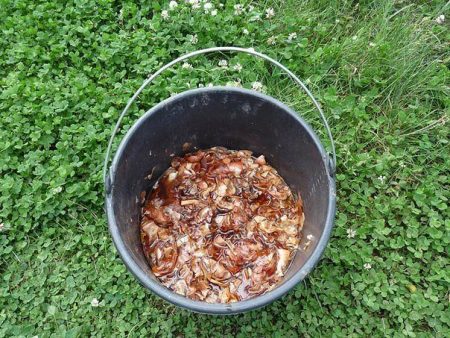
- Soil disinfection - 2 g of manganese per bucket of water or weak solutions of ammonia and ammonium nitrate. Earth is shed a few days before planting crops;
- Mustard powder - a small amount of the product is added to the wells when planting;
- Mineral fertilizers, especially nitrogen fertilizers are rather unpleasant agents for wireworms, a small amount of minerals are scattered on the surface of the earth;
- Ephedra - twigs of young pines are laid in the planting pits;
- Herbal infusions - a bucket of water will need 200 g of dandelion leaves, 500 g of nettle, 100 g of celandine and 200 g of coltsfoot. The grass is shredded, immersed in water and insisted for 3-4 days. The mixture is filtered, diluted with water (1: 1) and the beds are watered 2 or 3 times with an interval of 7 days. The infusion is stored in a cool room. There are other recipes, for example, 500 g of nettle or 200 g of dandelions in a bucket of water, leave for 12 hours, you do not need to dilute such infusions. Another option is 100 g of celandine per 10 liters of water, insist 3 days.
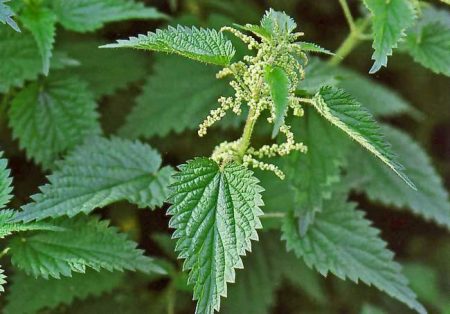
Traps and lures:
- in the aisles planted several bushes of lettuce (leaf) or corn. Gradually, the plants are dug up together with the pest's nests and destroyed;
- near the beds with the main crops they dig small holes and put potato or carrot slices in them, sprinkle with soil. From time to time the bait is checked and vegetables are changed;
- To catch beetles, pots with potato leaves are dug up around the perimeter of the garden, and the females will lay eggs in them. 10 traps are enough for one hundred parts, they are changed every 3 days;
- after harvesting, the tops are left on the beds, the lingering grass attracts the wireworm. After a week, plant debris is removed with the pest;
- before planting vegetables, barley or wheat is sown. 2 weeks before the planting of the main plants, cereals dig out and remove part of the larvae.
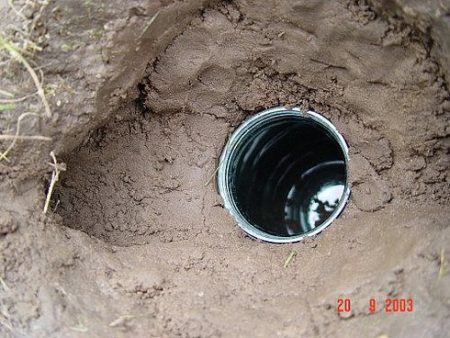
To the wireworm to taste the acidic environment in the soil, you can neutralize the acidity with lime, chalk, ash and eggshells, the agents are scattered on the surface of the earth and added to the holes.
The use of biological products
The biological preparation “Protection” has a predatory nematode. The roundworm enters the wireworm with food and destroys it from the inside. The tool is not cheap, but the effect is amazing, and no harm to our health. Predatory nematodes take root on the site and winter well, using the drug several times, you can forever forget about the pest.
Pest Prevention
Subject to the rules of agricultural technology of crops and crop rotation, summer residents rarely encounter any pests. Timely loosening of the soil, as well as weeding and harvesting weeds - the basis of a clean garden. Wireworm larvae often live in the roots of wheatgrass and chicken millet, they are removed from the beds in the first place. Sometimes even mulch can do much harm, it’s better to clean it, otherwise the larvae will move from dry places to wet grass.
When choosing siderates, pay attention to lupine, mustard, fatseliya and alfalfa, these plants create an uncomfortable environment for the wireworm in the soil. Crop rotation provides for the alternation of vegetables with legumes, which it is desirable to plant in row-spacings, they are extremely unpleasant for wireworms.
Try not to use chemistry when a small amount of the pest appears, in which case it can be easily dealt with by other methods. With a massive defeat of plants, you need to be patient and use whole complexes of control methods. Do not be lazy, write out the most successful tips, in your opinion, and draw up an action plan. If everything is done correctly and in a timely manner, you can forever forget about such a pest as a wireworm.

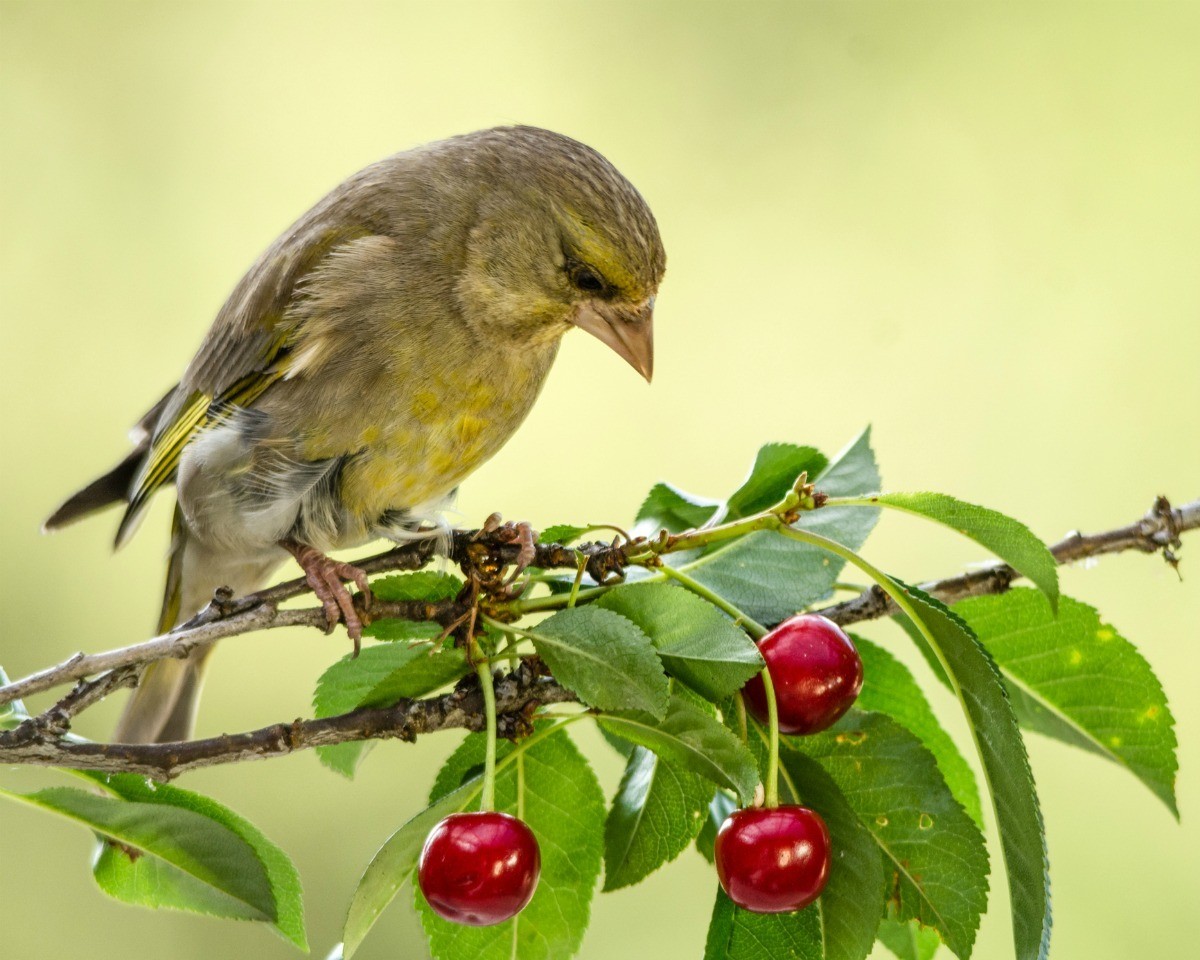
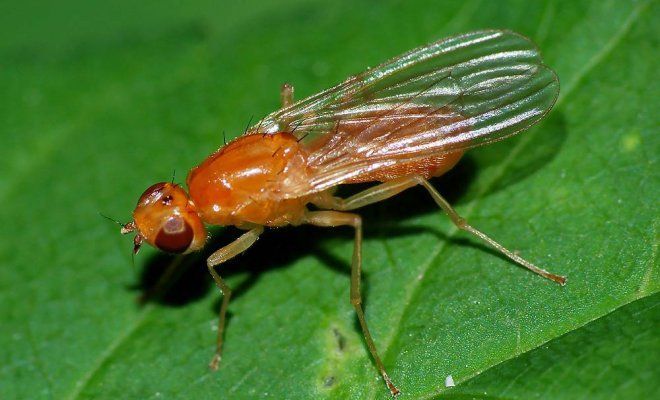
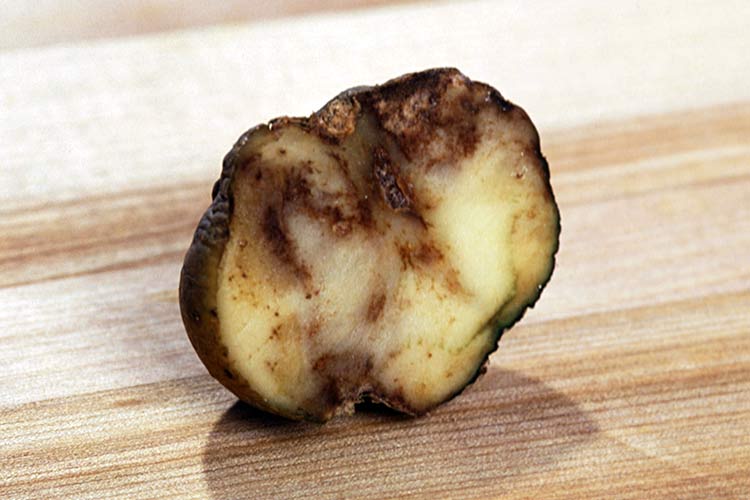
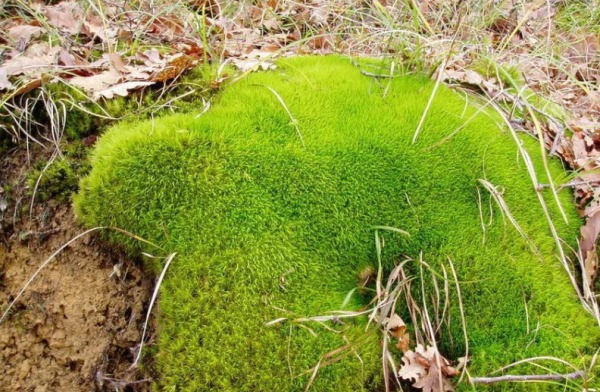 Where does moss come from in the garden and is it necessary to get rid of it?
Where does moss come from in the garden and is it necessary to get rid of it?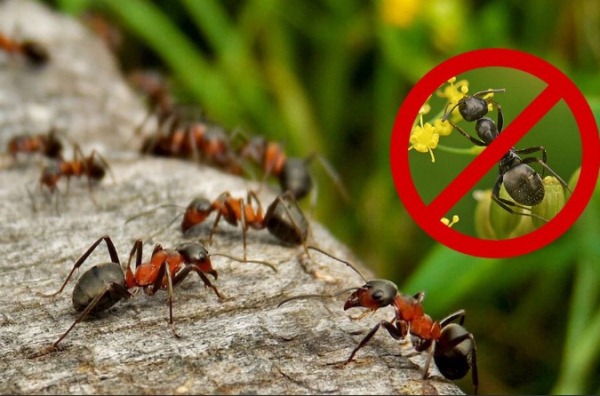 The most effective ways to deal with ants in the area
The most effective ways to deal with ants in the area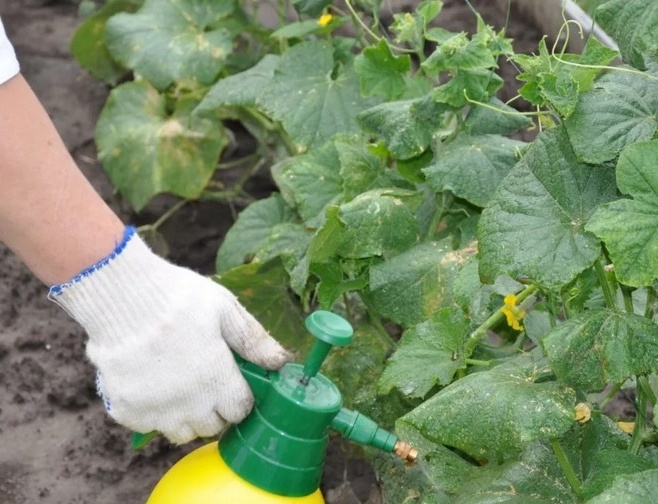 Cockchafer and Bear: An Easy Way to Save Plant Roots
Cockchafer and Bear: An Easy Way to Save Plant Roots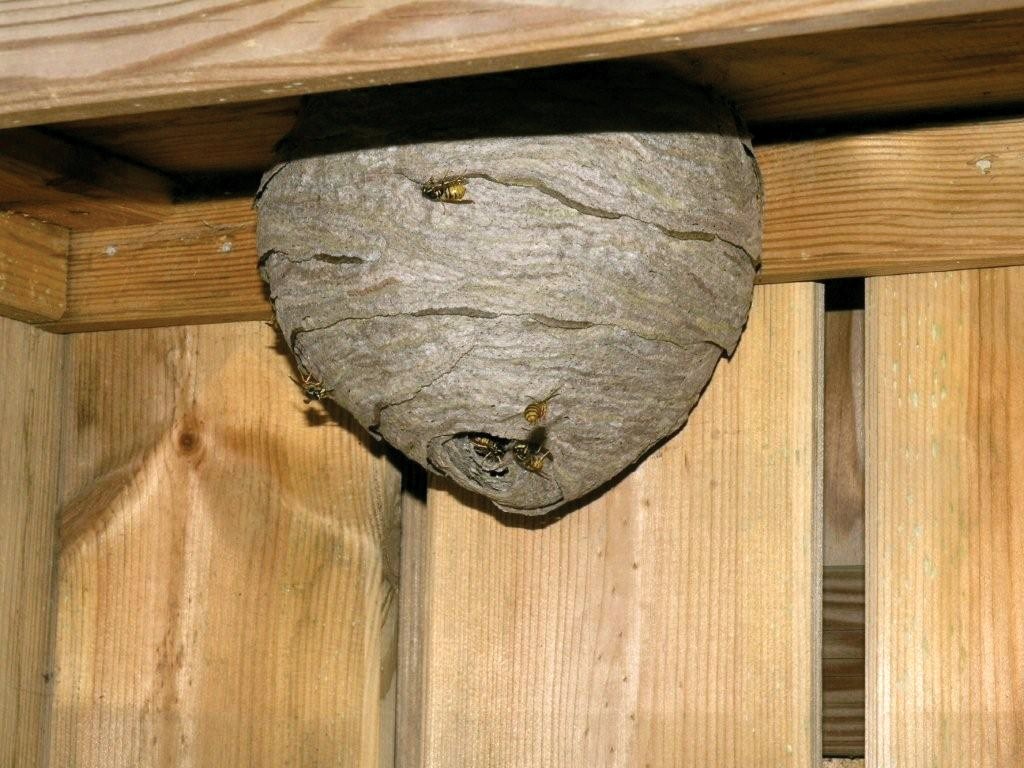 Get rid of the aspen nest quickly and safely.
Get rid of the aspen nest quickly and safely.
Alexander
Thanks for the informative advice !!!